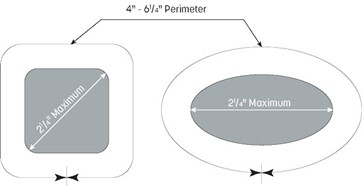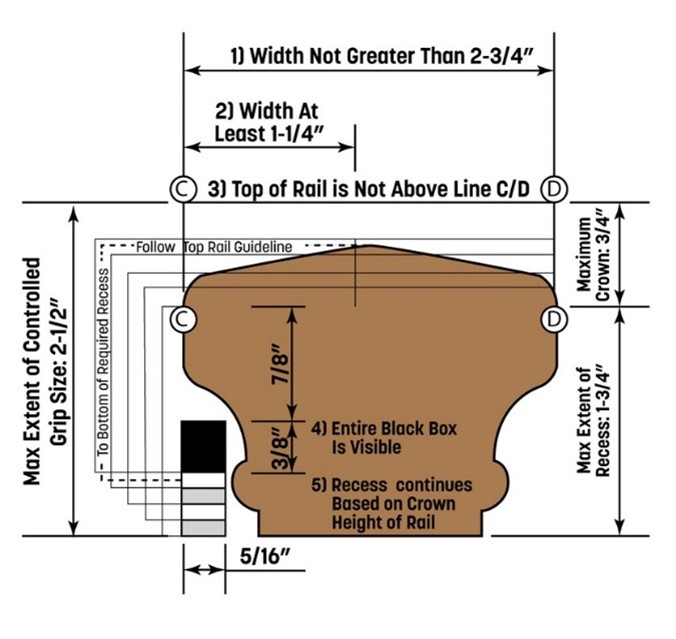Do I Need a Handrail for 3 Steps?
Stairs are a major source of injury in the home. A question that often arises is: how many steps require a handrail?
Stairways have been around for thousands of years. They are the simplest means of dealing with changes in elevation. And most likely, bathmophobia—the fear of falling down stairs—has been with us for just as long.
Stairways are a common area for trips and falls. Consider that over one million injuries each year are the result of stairway falls. They are the second leading cause of accidental injury—second only to motor vehicle accidents.
These accidents may be the result of defects in the stairs, poor lighting, dangerous stair risers or tread depth, not using the handrail or improper or missing handrails.
Building Codes
Building codes have developed over the years as a means of reducing the risk of falls on stairs. Handrails are an important element of stair safety.
So, when is a handrail required?
The building code does not refer to the number of “steps”, but it does require a handrail when there are two or more “risers”. For clarification, a “riser” is the vertical portion of a stair. The “tread” is the top of a step. A two-riser minimum would translate to two steps.
Be aware that not all applications must meet building codes. Generally, building codes apply for new construction or major renovation. If the work you are doing is not subject to inspection, you do not have to meet any requirements.
Consider though, that the building codes are considered a “minimum standard for safety”. As such, even if your installation is not subject to inspection, you may want to ensure safety by including a handrail that meets graspability requirements.

The handrail must be between 1-1/4″ and 2″ in diameter or provide equivalent graspability. Equivalent graspability is a shape with a maximum cross-section of 2-1/4″ and a perimeter dimension of between 4″ and 6-1/4″.
Type II Handrail
For residential construction, there is an allowance for what is considered a Type II handrail. This allows for traditional wood banister sections. But, remember, these are not permitted in commercial applications.

For more information or additional questions, contact us.
